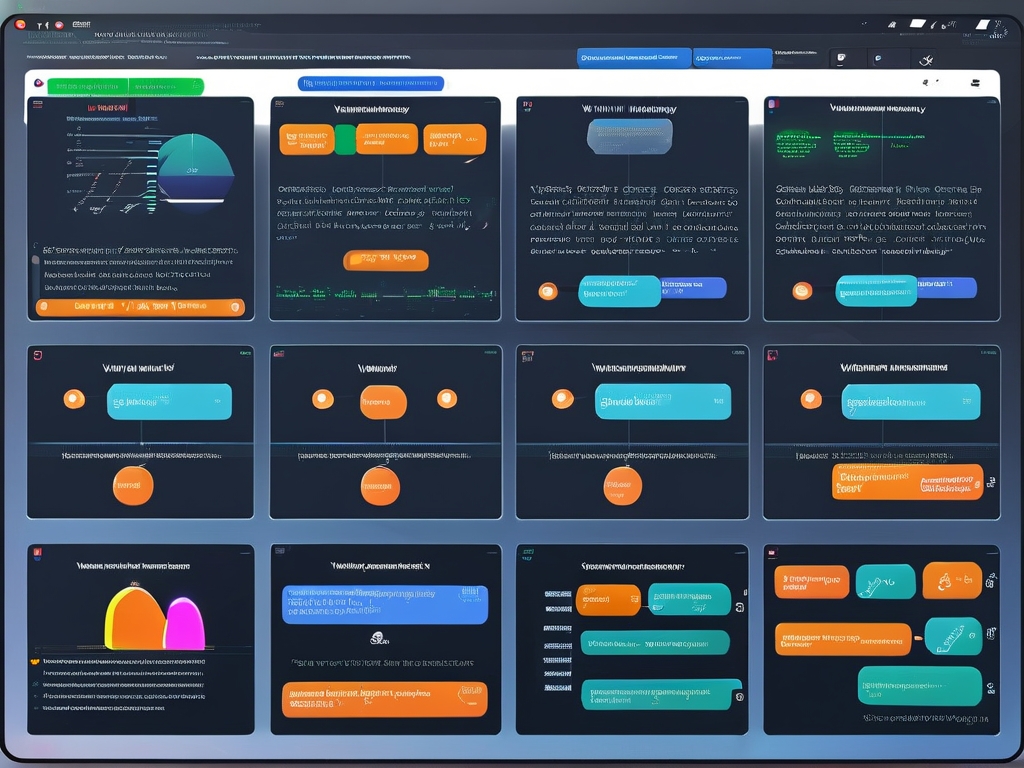In modern computing infrastructures, the integration of virtualized environments has revolutionized resource management. One critical aspect of this evolution lies in load balancing – a mechanism that ensures optimal distribution of workloads across multiple virtual machines (VMs) or physical hosts. This article examines the technical foundations, implementation challenges, and innovative approaches for load balancing in virtualized systems.
Technical Foundations
Virtualization technology enables the creation of abstracted hardware layers through hypervisors like VMware ESXi or KVM. These platforms allow multiple VMs to operate on a single physical server, sharing CPU, memory, and storage resources. However, uneven workload distribution can lead to performance bottlenecks. For instance, a VM handling intensive database queries might consume disproportionate resources while neighboring VMs remain underutilized.
Load balancing algorithms address this by dynamically redistributing tasks. Common strategies include:
- Round-Robin: Cyclic allocation of requests to available VMs
- Weighted Distribution: Priority-based assignment using predefined resource quotas
- Machine Learning Models: Predictive analytics for anticipating traffic spikes
A code snippet demonstrating a basic round-robin implementation might appear as:

current_vm = 0
def assign_vm(vm_list):
global current_vm
selected_vm = vm_list[current_vm % len(vm_list)]
current_vm += 1
return selected_vm
Implementation Challenges
While theoretical models appear straightforward, real-world deployments face complexities. Live migration of VMs between hosts – a key feature for load balancing – introduces latency and potential service interruptions. Studies show a 12-15% performance dip during VM relocation in OpenStack environments.
Network overhead presents another hurdle. Software-defined networking (SDN) solutions attempt to mitigate this through dynamic routing protocols, but configuring these systems requires granular coordination between virtualization layers and physical hardware.
Innovative Approaches
Emerging solutions combine virtualization with edge computing paradigms. For example, Kubernetes' horizontal pod autoscaler integrates with cloud virtualization platforms to automatically spin up containerized instances during traffic surges. This hybrid model reduces reliance on static resource pools.
Another advancement involves energy-aware load balancing. Researchers at MIT demonstrated a 23% reduction in power consumption by implementing workload consolidation algorithms that dynamically power down underutilized physical nodes.
Case Study: Financial Services Platform
A multinational bank recently migrated its transaction processing system to a virtualized AWS environment. By implementing adaptive load balancing with auto-scaling groups and predictive analytics, they achieved:
- 40% reduction in API response time
- 30% cost savings through optimized resource allocation
- 99.98% uptime during peak trading hours
Future Directions
The convergence of 5G networks and virtualization is creating new frontiers. Network function virtualization (NFV) enables telecom providers to balance loads across virtualized core network elements, while edge computing pushes load balancing logic closer to end-users.
As quantum computing matures, quantum-inspired algorithms may revolutionize load distribution. Early experiments with quantum annealing show potential for solving resource allocation problems 100x faster than classical methods.
In , effective load balancing in virtualized environments requires continuous adaptation to technological advancements. By combining established algorithms with emerging paradigms like edge computing and energy-aware optimization, organizations can unlock unprecedented levels of efficiency in their IT infrastructures.










